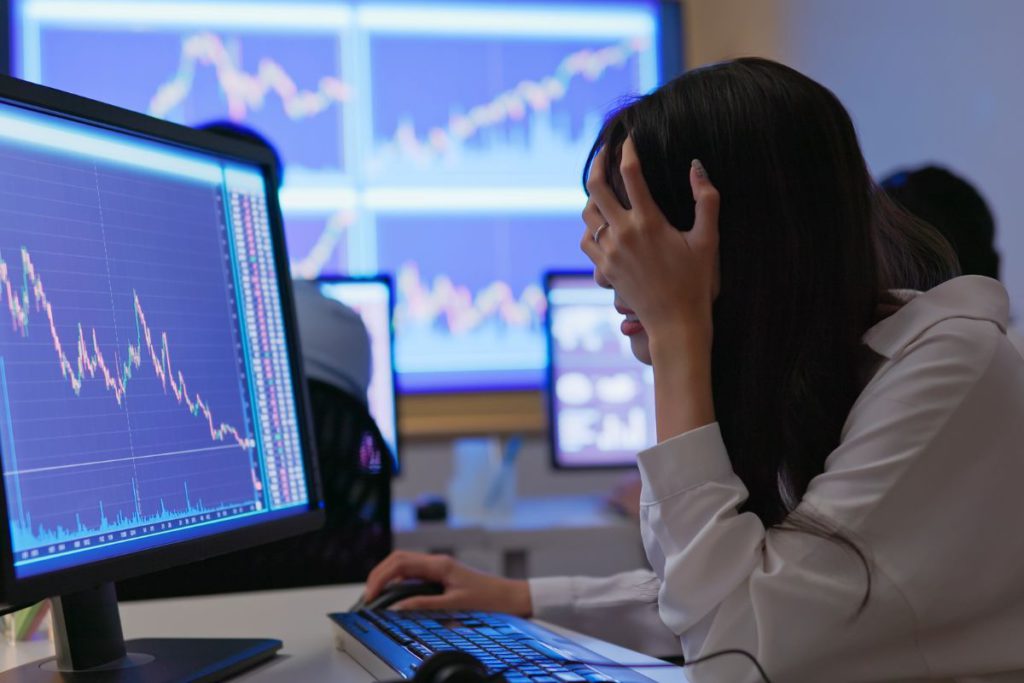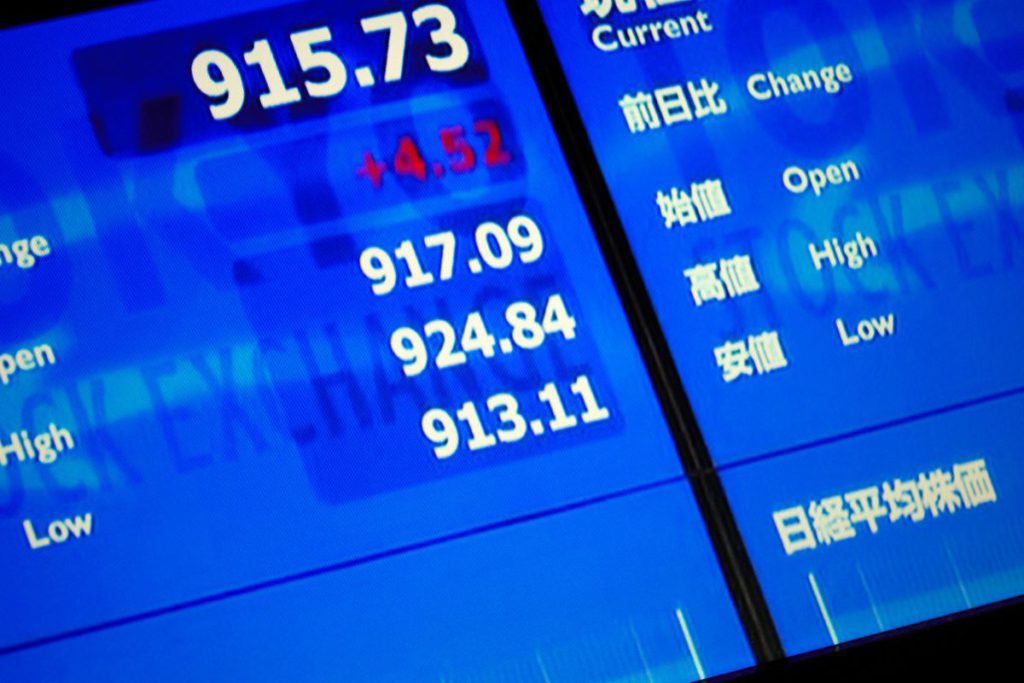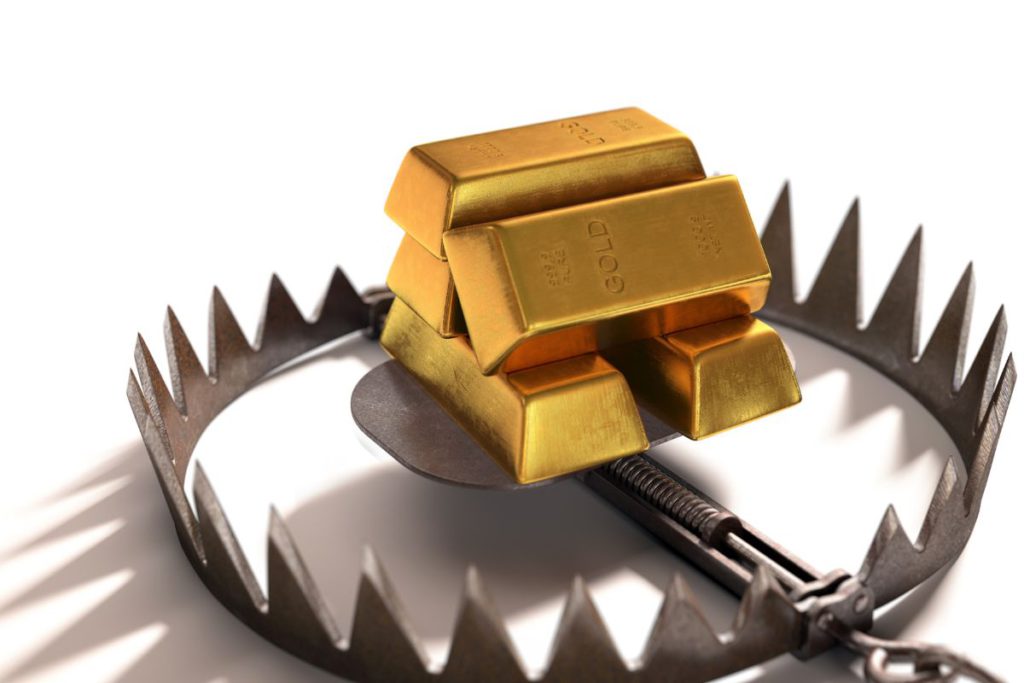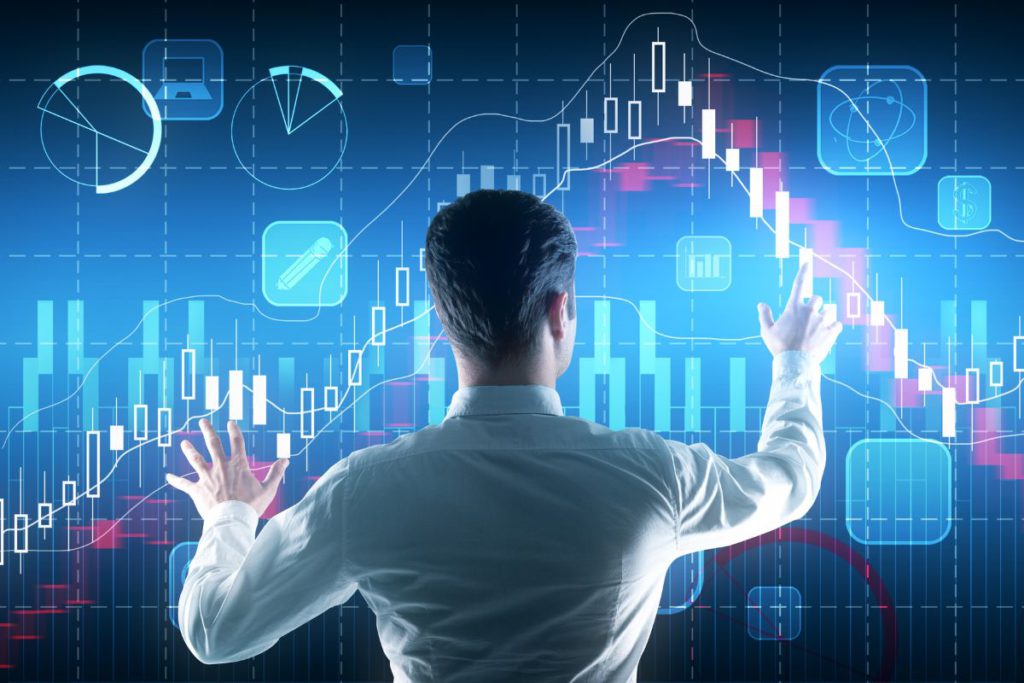Have you ever wondered why stock prices sometimes seem to defy logic? Why do markets occasionally soar to dizzying heights or plummet to startling lows, even when the underlying fundamentals haven’t changed dramatically? The answer lies in the fascinating world of market psychology, where two powerful emotions – fear and greed – play starring roles in the theater of stock price movements.
In this deep dive, we’ll explore how these primal emotions influence investor behavior and stock prices. We’ll also look at practical ways to recognize and manage these emotions in your investing journey. Buckle up because we’re about to embark on a rollercoaster ride through the human psyche and its impact on financial markets!
The Basics of Market Psychology

Before we delve into fear and greed, let’s establish a foundation for understanding market psychology.
What is Market Psychology?
Market psychology refers to the collective emotions, behaviors, and sentiments of all participants in a financial market. It’s the aggregate of how investors think and feel about a particular asset, sector, or the market as a whole.
Why Does Market Psychology Matter?
You might wonder, “Shouldn’t stock prices reflect a company’s financial health?” While that’s true in theory, human emotions often take the wheel in practice. Here’s why market psychology is crucial:
- Short-term price movements: Day-to-day or even month-to-month stock price changes are often more influenced by investor sentiment than fundamental changes in a company’s value.
- Market trends: Psychological factors can create self-reinforcing cycles that drive prolonged bull or bear markets.
- Investment opportunities: Understanding market psychology can help you identify potential mispricings and make more informed investment decisions.
Now, let’s zoom in on market psychology’s two primary emotional drivers: fear and greed.
The Power of Fear in the Stock Market

Fear is a primal emotion that has helped humans survive for millennia. In the context of investing, fear can manifest in several ways:
- Fear of Loss
This is the most common form of fear in the stock market. Investors are often more sensitive to losses than equivalent gains, a phenomenon known as loss aversion.
Example: Imagine you bought shares of TechCo for $100 each. The stock price drops to $90, and you start to panic. Even though nothing fundamental has changed about the company, you might be tempted to sell to avoid further losses.
2. Fear of Missing Out (FOMO)
FOMO can drive investors to buy stocks at inflated prices simply because they’re afraid of missing out on potential gains.
Example: During the dot-com bubble of the late 1990s, many investors piled into internet stocks with little regard for fundamentals, driven by the fear of missing out on the “next big thing.”
3. Fear of the Unknown
Uncertainty in the broader economic or political landscape can spark fear among investors, leading to increased market volatility.
Example: The onset of the COVID-19 pandemic in early 2020 caused a sharp stock market decline as investors grappled with the unknown economic impacts of global lockdowns.
How Fear Affects Stock Prices
When fear takes hold in the market, it can lead to:
- Panic selling: Investors rush to sell their stocks, driving prices down sharply.
- Increased volatility: Fear can cause rapid and significant price swings.
- Risk aversion: Investors may flock to “safe-haven” assets like bonds or gold, reducing stock demand.
The Influence of Greed on Stock Prices

On the flip side of fear is greed—the desire for wealth and material gain. In the stock market, greed can be as powerful and influential as fear.
- Excessive Optimism
When stocks rise, greed can fuel excessive optimism, leading investors to believe prices will continue to climb indefinitely.
Example: During the housing bubble of the mid-2000s, many investors believed that real estate prices would continue to rise forever, leading to risky investments in mortgage-backed securities.
2. Overconfidence
Greed can make investors overconfident in picking winning stocks or time the market.
Example: An investor with a string of successful trades might start taking on more risk, believing they have a “hot hand” and can’t lose.
3. Herd Mentality
Greed can contribute to herd behavior, where investors follow the crowd into popular investments without proper due diligence.
Example: The GameStop stock frenzy in early 2021 saw many retail investors piling into the stock based on social media hype, driving the price to unsustainable levels.
How Greed Affects Stock Prices
When greed dominates the market, it can lead to:
- Bubble formation: Stock prices can be driven far above their intrinsic values.
- Increased risk-taking: Investors may leverage more or invest in speculative assets.
- Momentum trading: Stocks may continue to rise simply because they’re already rising, detached from fundamentals.
The Fear-Greed Cycle

Fear and greed often work in a cyclical pattern in the stock market:
- Greed phase: Prices rise, attracting more investors and fueling further gains.
- Peak: Prices reach unsustainable levels.
- Fear phase: A trigger event causes panic, leading to rapid selling.
- Bottom: Prices fall to levels that attract value investors.
- Return to greed: As prices recover, the cycle begins anew.
This cycle can play out over various timeframes, from days to years, depending on the scale of the market movement.
Measuring Market Psychology

While emotions are inherently difficult to quantify, there are several indicators that investors use to gauge market sentiment:
- VIX (Volatility Index)
Often called the “fear index,” the VIX measures the market’s expectation of 30-day volatility. A high VIX generally indicates fear in the market.
Calculation: The VIX uses a complex formula based on prices of S&P 500 index options. While the whole calculation is beyond the scope of this article, you can interpret VIX levels as follows:
- VIX below 12: Extremely low fear (high complacency)
- VIX 12-20: Normal market conditions
- VIX above 20: Elevated fear
- VIX above 30: High fear
2. Put-Call Ratio
This ratio compares the trading volume of put options (bets that stock prices will fall) to call options (bets that stock prices will rise). A high put-call ratio can indicate fear in the market.
Calculation: Put-Call Ratio = Number of Put Options / Number of Call Options
Interpretation:
- Ratio > 1: More puts than calls (bearish sentiment)
- Ratio < 1: More calls than puts (bullish sentiment)
- Ratio ≈ 1: Neutral sentiment
3. CNN Fear & Greed Index
This composite index uses seven different indicators to measure investor sentiment, including stock price momentum, junk bond demand, and market volatility.
The index provides a score from 0 to 100:
- 0-25: Extreme Fear
- 26-45: Fear
- 46-55: Neutral
- 56-75: Greed
- 76-100: Extreme Greed
Strategies for Managing Emotions in Investing

Now that we understand how fear and greed influence the market, let’s look at some strategies for managing these emotions in your investing:
- Develop a Solid Investment Plan
A well-thought-out investment strategy can help you stay the course when emotions run high.
Example: Your plan might include rules like “I will not sell a stock unless the fundamental reason I bought it has changed” or “I will rebalance my portfolio annually regardless of market conditions.”
2. Practice Dollar-Cost Averaging
This strategy involves investing a fixed amount regularly, regardless of market conditions. It can help reduce the impact of short-term market volatility driven by fear or greed.
Calculation:
Let’s say you invest $500 monthly in a stock index fund:
Month Share Price Shares Purchased
- $50 10
2. $40 12.5
3. $60 8.33
Total shares: 30.83
Average share price: ($50 + $40 + $60) / 3 = $50
Your average purchase price: $500 * 3 / 30.83 = $48.65
By consistently investing, you’ve achieved a lower average purchase price than the average share price over the period.
3. Use the Fear-Greed Cycle to Your Advantage
While it’s difficult to time the market perfectly, understanding where we are in the fear-greed cycle can inform your investment decisions.
Example: If indicators suggest extreme fear in the market, it might be a good time to consider buying quality stocks at a discount. Conversely, periods of extreme greed might signal a good time to remove some profits.
4. Diversify Your Portfolio
A well-diversified portfolio can help mitigate the impact of emotion-driven market swings in any single stock or sector.
Example: Instead of putting all your money in tech stocks, you might allocate your investments across different sectors, geographies, and asset classes:
- 40% US stocks
- 20% International stocks
- 20% Bonds
- 10% Real Estate Investment Trusts (REITs)
- 10% Cash
5. Keep a Trading Journal
Record your investment decisions and the reasoning behind them. This can help you identify patterns in your behavior and improve your decision-making over time.
Example journal entry: “Bought 100 shares of XYZ Corp at $50. Reason: Strong earnings growth, new product launch next quarter. Current market sentiment: Neutral (CNN Fear & Greed Index: 52)”
Conclusion: Mastering Your Emotions for Better Investing

Understanding market psychology and the roles of fear and greed in stock price movements is crucial for any investor. By recognizing these emotions in yourself and the broader market, you can make more informed investment decisions and avoid common pitfalls.
Remember, successful investing is often about something other than having the highest IQ or the most complex strategies. It’s about managing your emotions, sticking to a well-thought-out plan, and maintaining a long-term perspective.
As the legendary investor Warren Buffett once said, “Be fearful when others are greedy, and greedy when others are fearful.” By understanding and applying the principles of market psychology, you’ll be better equipped to navigate the emotional rollercoaster of the stock market and improve your investment outcomes.
What strategies do you use to manage emotions when investing? Share your thoughts and experiences in the comments below!

Leave a Reply